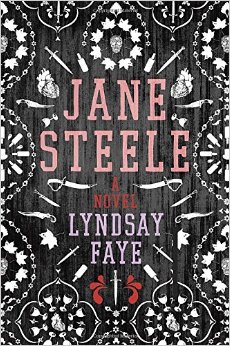Now that I have moved and unpacked all my things, I am trying to get back into some sort of a routine. It’s harder than I thought it would be; for several days I could not even remember what things I used to do before the Month of Anxiety and the End of the World (aka March). What was the last book I read from start to finish?
It seems like I did not do any reading in March at all, but as I think back, I realize I did finish Joe Hill’s The Fireman in two or three days. In retrospect, it wasn’t a wise choice to read when my mental state was already not particularly steady. It’s big and on fire. People already refer to it as Hill’s magnum opus, which I suppose it is, but I don’t think it’s my favorite of his. It is very good, though. I remain a fan of N0S4A2 (as much as its title annoys me). But The Fireman will please you if you like your novels in high gear for many many pages. It’s out in May.
 Afterwards, a couple of books were picked up and then abandoned after a handful of pages, and then I read a memoir that was fine until it used the ‘t’ word to refer to a certain type of bar. It seems that its author is one of those gay men who remain largely ignorant of the fact that certain terms are no longer kosher to use (see also John Barrowman’s usage of the same word a few months ago).
Afterwards, a couple of books were picked up and then abandoned after a handful of pages, and then I read a memoir that was fine until it used the ‘t’ word to refer to a certain type of bar. It seems that its author is one of those gay men who remain largely ignorant of the fact that certain terms are no longer kosher to use (see also John Barrowman’s usage of the same word a few months ago).
And then I picked up something I did not expect to like. It did not seem like my type of book at all, but a number of people mentioned it was quite good, so I decided to give it a shot. Jane Steele by Lyndsay Faye is definitely delightful, smart, and witty. It is a reimagining of Jane Eyre, wherein Jane happens to be a serial killer (“Reader, I murdered him.”). I never particularly liked Jane Eyre, to be honest. Maybe I have been waiting for this iteration.
 A Different Light is a short book, but it’s not a quick one. The plot is not its strongest point (which is why I think I can’t really spoil it for you). Where it really shines is in the way it talks about human emotions, dying, and loss.
A Different Light is a short book, but it’s not a quick one. The plot is not its strongest point (which is why I think I can’t really spoil it for you). Where it really shines is in the way it talks about human emotions, dying, and loss.







